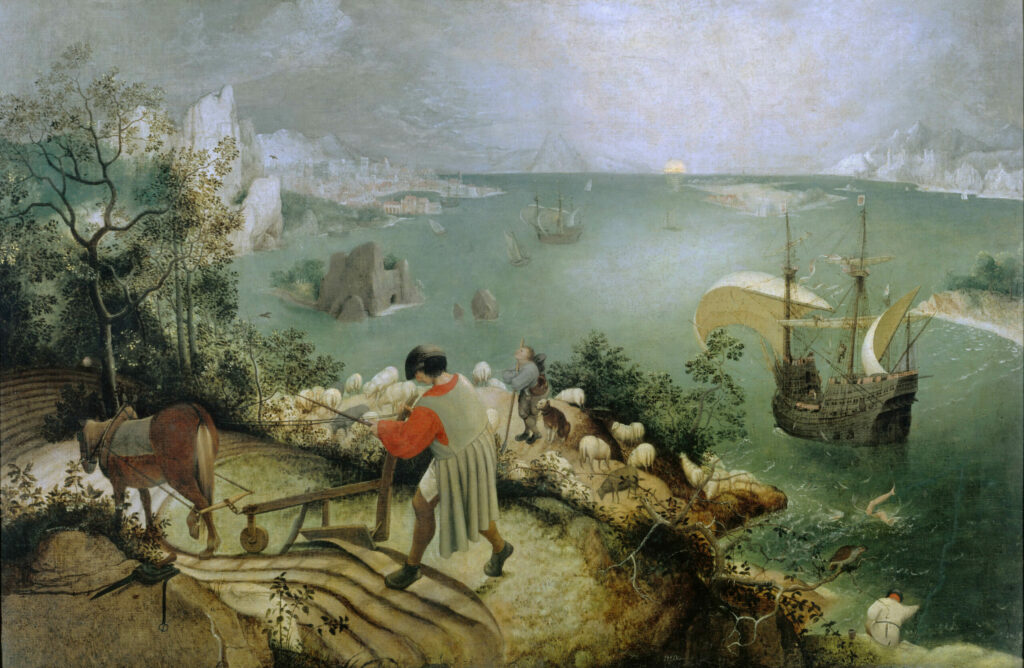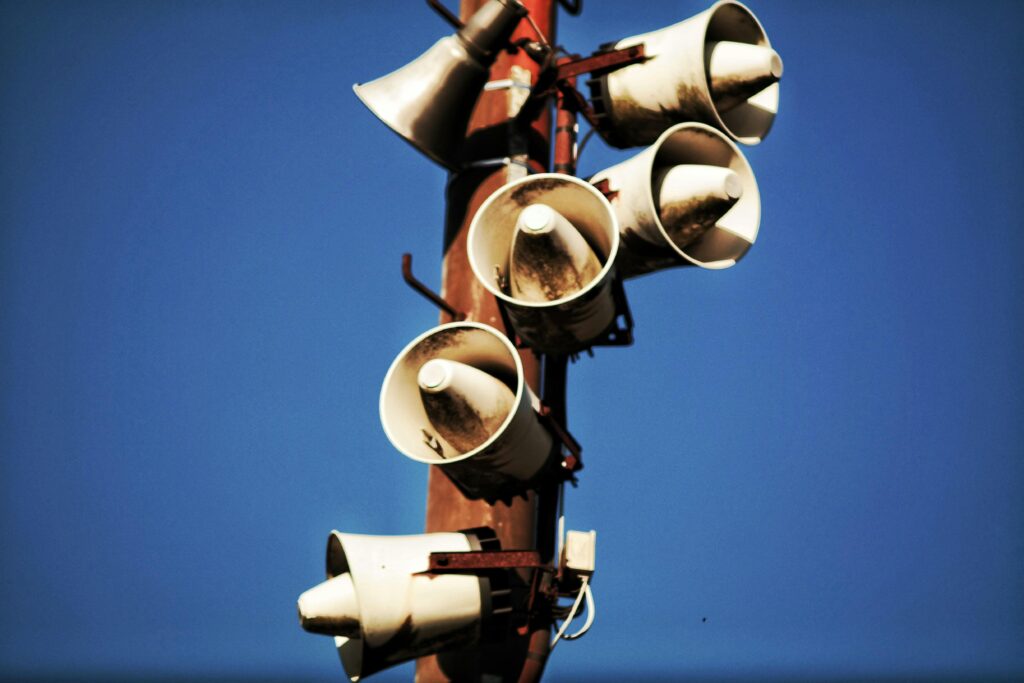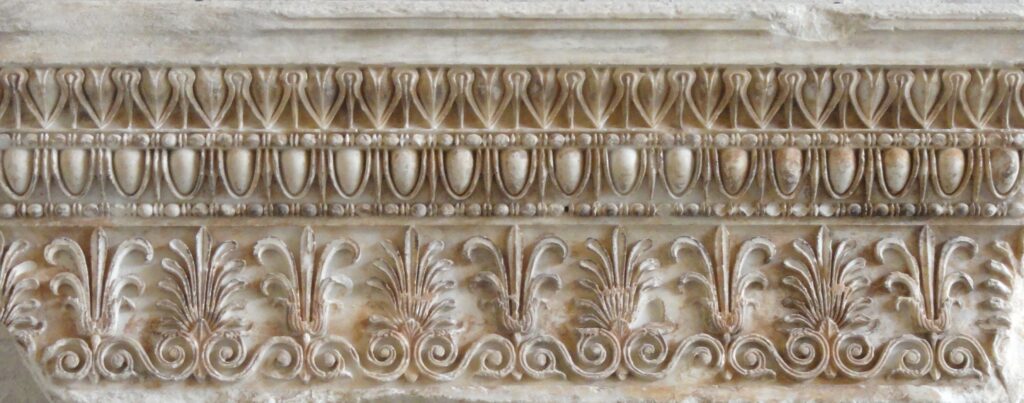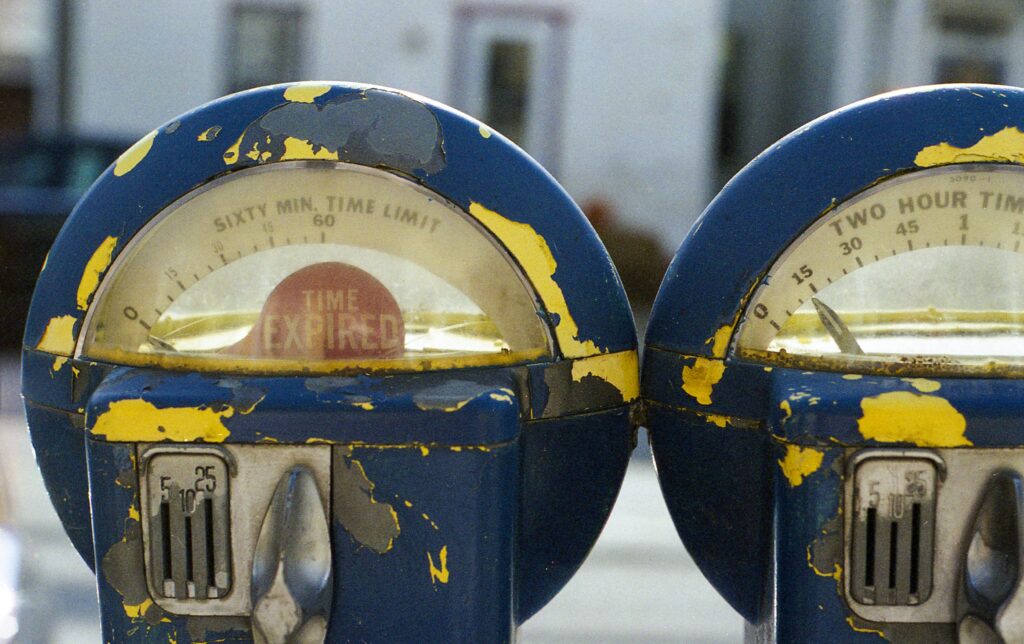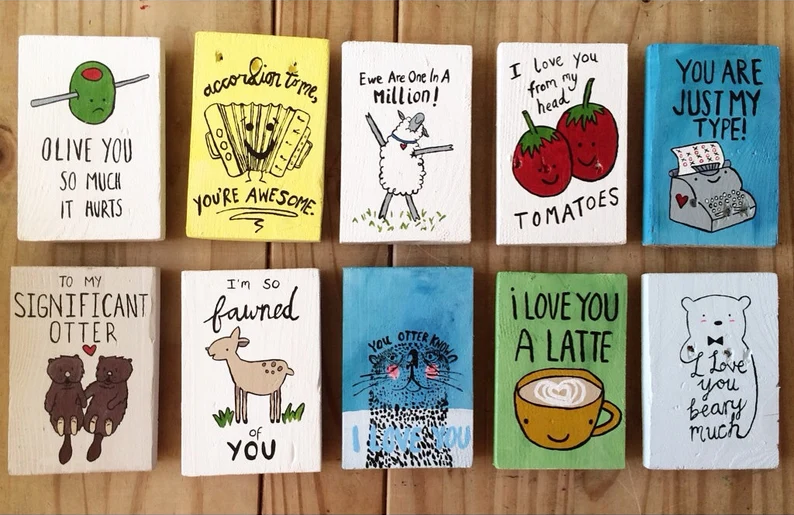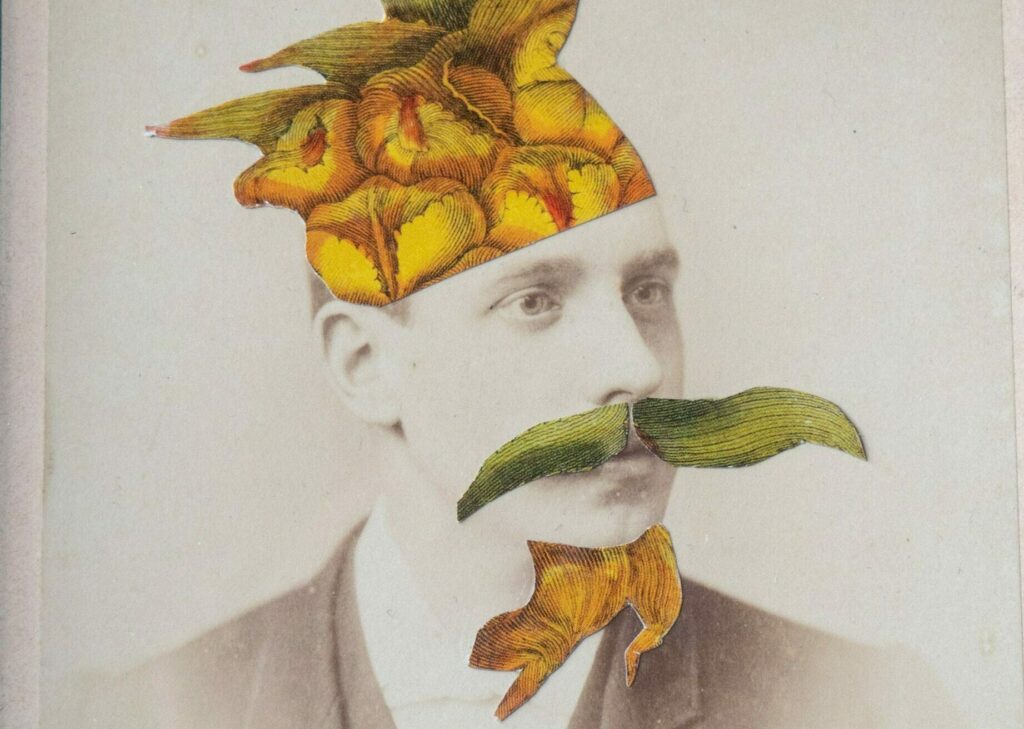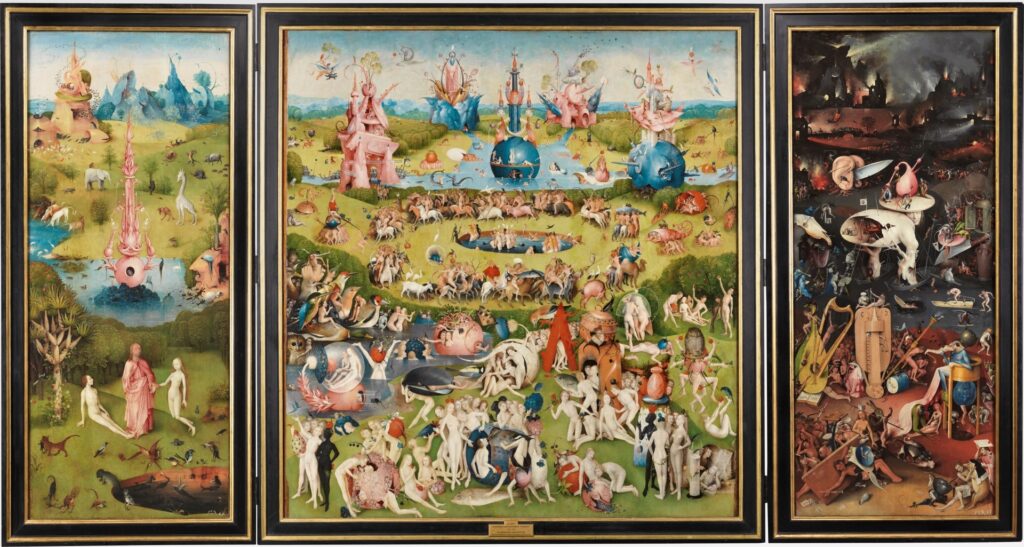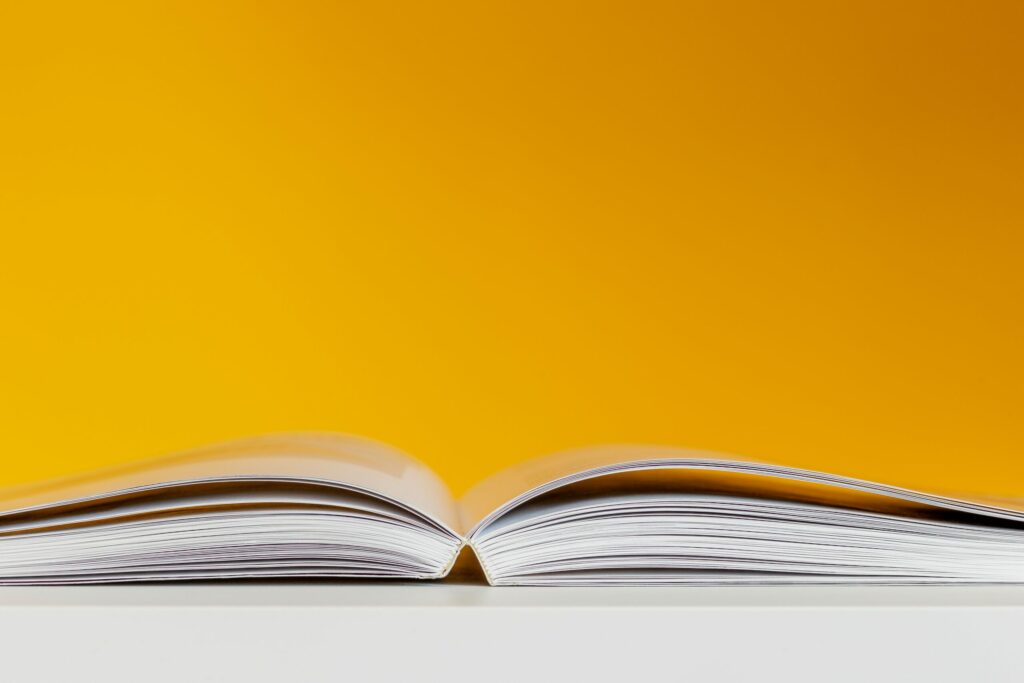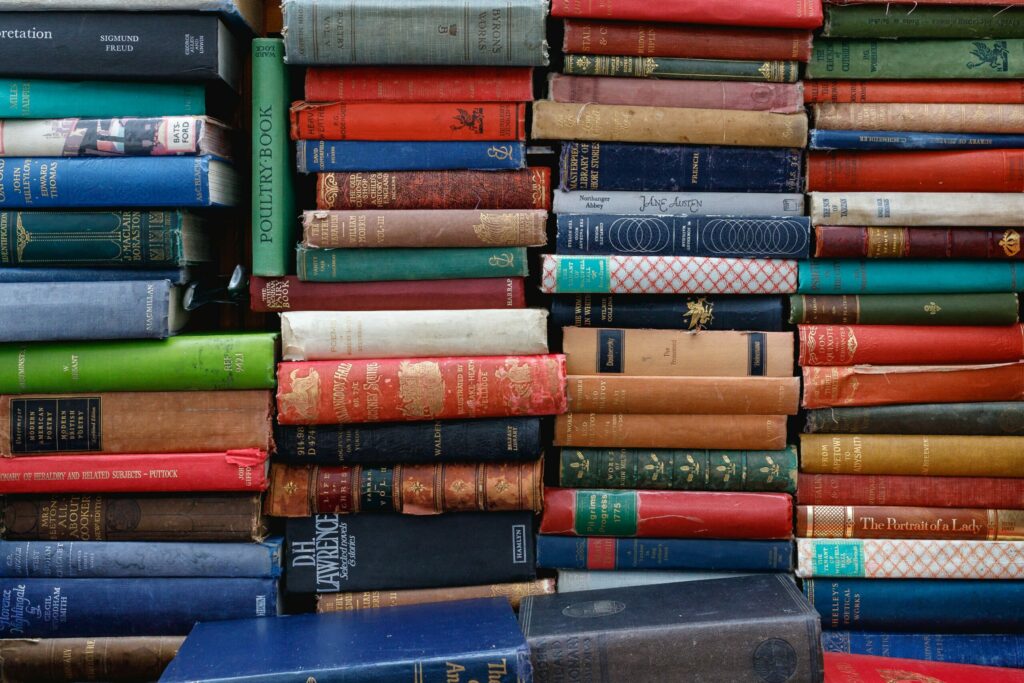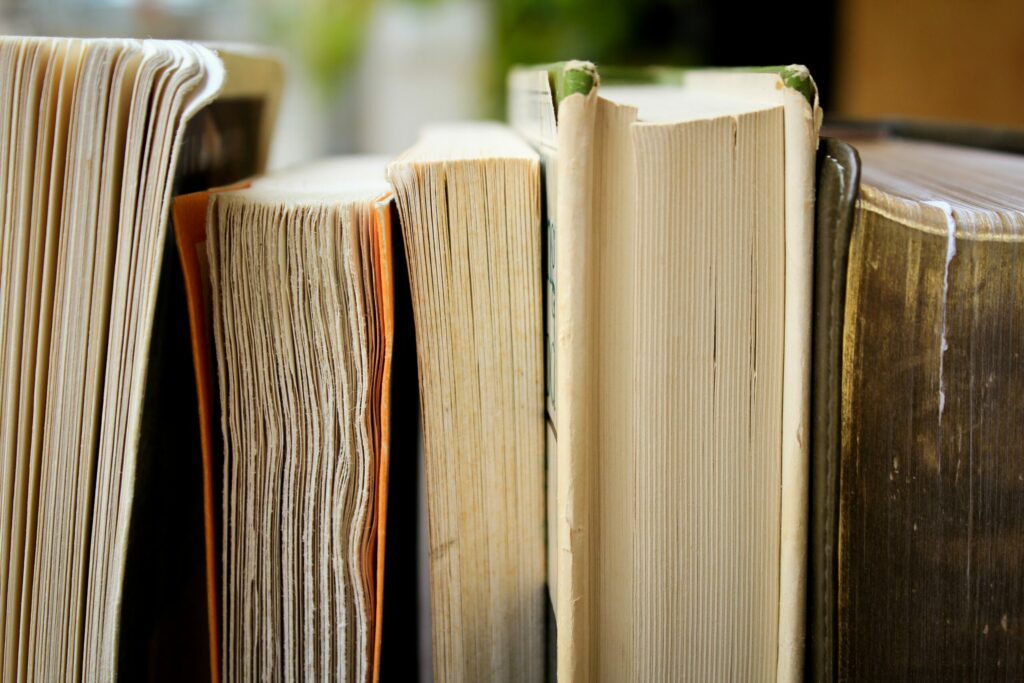The Meaning-Making Magic of Metaphor
Metaphor makes successful literature possible. This might seem like a bold statement. After all, there are great poems that don’t use metaphors, and writers can employ many strategies to write…
Read MoreThe Rule of Three: Writing Literary Triplets
How do you make your readers laugh, cry, or turn the page? While authors have many craft tools at their disposal, one that’s essential to know is the Rule of…
Read MoreHow to Write an Ekphrastic Poem
Ekphrasis is a literary device in which a work of art, usually visual, inspires a piece of poetry or prose. Ekphrastic poetry, then, describes a poem that finds inspiration in…
Read MoreSound Devices in Poetry and Literature
Although literature exists on the page, poetry and prose are both sonic artforms, each enhanced by the use of sound devices. Indeed, poems and stories used to be developed as…
Read MoreLiterary Motifs: What is a Motif in Literature?
When a work of literature employs an image or idea in repetition, that image or idea might be a motif. Literary motifs describe noteworthy repetitions whose presence in the work…
Read MoreSymbolism in Literature: What Symbolism Is, and How to Use It In Your Writing
Symbolism describes the use of concrete images to convey abstract ideas. Because this literary device is widely open to interpretation, and because many readers form different relationships to concrete objects,…
Read MoreUnderstanding Rhythm and Meter in Poetry
The phrase “meter in poetry” probably conjures thoughts of high school English class: Shakespeare’s iambs or, more broadly, the term “iambic pentameter.” In other words, it’s a phrase that smacks…
Read MoreWord Play: Examples of a Play on Words
It goes without saying that writers are drawn to language, but because we love words so much, the English language is filled with word play. By interrogating the complexities of…
Read MoreWhat is Theme? A Look at 20 Common Themes in Literature
When someone asks you “What is this book about?”, there are a few ways you can answer. There’s “plot,” which refers to the literal events in the book, and there’s…
Read MoreRepetition Definition: Types of Repetition in Poetry and Prose
What is repetition? At its simplest, repetition is a word or phrase used multiple times in a text, for the purpose of emphasizing an emotion or idea. It might seem…
Read MoreIrony Definition: Different Types of Irony in Literature
What is irony? Well, it’s like rain on your wedding day. It’s a free ride, when you’ve already paid. ’90s radio is helpful here. Okay; but what is irony? It…
Read MoreImagery Definition: 5+ Types of Imagery in Literature
What is imagery? Take a moment to conceptualize something in your mind: an object, a sound, a scent. Transcribe whatever you think about into language, transmitting to the reader the…
Read MoreLogical Fallacy Definition: List of Logical Fallacies
A logical fallacy occurs when someone tries to persuade you with a faulty argument. Sometimes, logical fallacies are innocuous: the writer has a good argument to make, it was just…
Read MoreOnomatopoeia Definition and Examples
What is onomatopoeia? To describe it in a zip, an onomatopoeia is a word that smacks the reader’s ears and makes them pop. Onomatopoeia words describe sounds by copying the…
Read MoreCommon Rhetorical Devices List: The Art of Argument
Rhetorical devices are techniques in writing and speech that try to persuade the audience. A rhetorical device uses language to shape ideas into arguments, convincing the reader through a plethora…
Read MoreParallelism Definition: Writing With Parallel Structure
Parallelism, or parallel structure, describes a type of sentence structure common in the English language. When poets and prose stylists effectively employ grammatical parallelism, they strengthen the connections between ideas…
Read MoreWhat is Mood in Literature? Creating Mood in Writing
When we talk about the different feelings that a work of writing evokes, we’re talking about the types of mood in literature. Creative writers are experts at drawing out specific…
Read MoreForeshadowing Definition: How to Use Foreshadowing in Your Fiction
Foreshadowing is a clue in the text that hints at events to come. Much like in real life, where we see the signs of things happening in the present by…
Read MoreJuxtaposition Definition: What is Juxtaposition in Literature?
Juxtaposition occurs any time a writer places multiple ideas or images next to each other, without drawing a clear relationship between them. It is, in other words, the art of…
Read MorePun Intended: A Look at Pun Examples in Literature
What do you call a sandwich made of wordplay? A pun-ini. The English language abounds with pun examples in literature. From Chaucer to Shakespeare, from the Romantics to contemporary poetry,…
Read MoreWhat is Tone in Literature?
Everything you read has a tone. Blog posts will have an engaging and conversational tone; Textbooks often have an informative, matter-of-fact tone. A piece of satire might have a humorous…
Read More12 Literary Devices in Poetry: Identifying Poetic Devices
What do the words “anaphora,” “enjambment,” “consonance,” and “euphony” have in common? They are all literary devices in poetry—and important poetic devices, at that. Your poetry will be greatly enriched…
Read More10 Important Literary Devices in Prose: Examples & Analysis
Any writer looking to master the art of storytelling will want to learn the literary devices in prose. Fiction and nonfiction writers rely on these devices to bring their stories…
Read More116 Common Literary Devices: Definitions, Examples, and Exercises
Common literary devices, such as metaphors and similes, are the building blocks of literature, and what make literature so enchanting. Language evolves through the literary devices in poetry and prose;…
Read More


